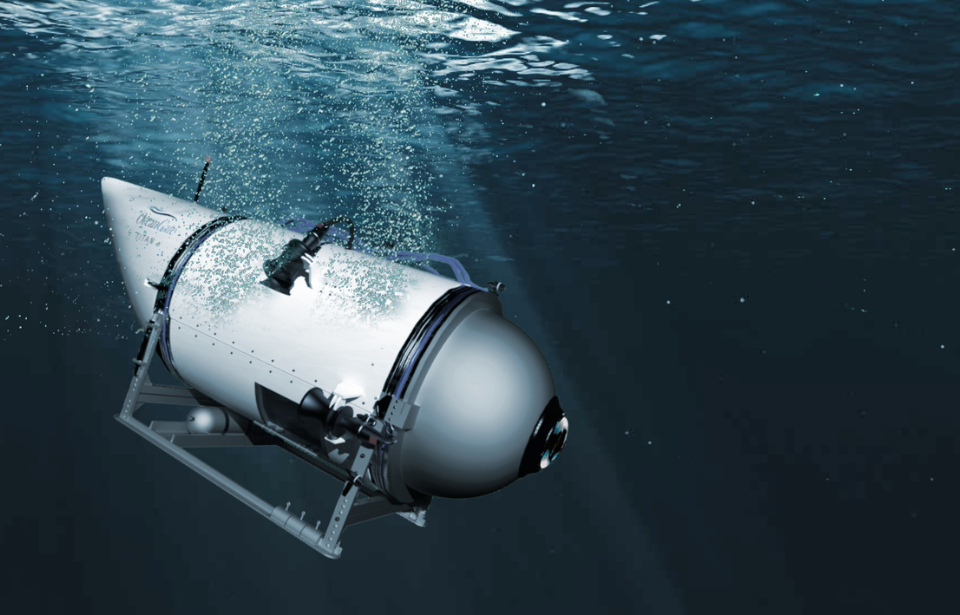Since the infamous loss of the world’s first “unsinkable” ship, the wreck of the RMS Titanic has been slowly decaying. For Titanic (1997) fans and researchers looking to make the pilgrimage to the bottom of the Atlantic, time was already running out – and after a submersible imploded, killing the crew of five onboard, it was even more doubtful that anyone else would make the voyage.
Recently, word of a 2024 expedition to the wreck of the Titanic was announced, and many aren’t too happy about it.
12,600 feet below the sea
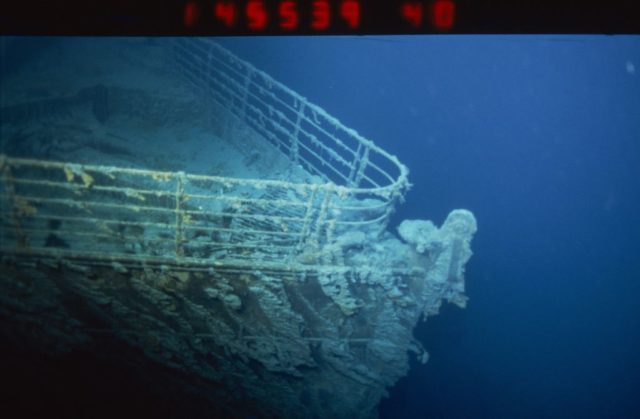
A company called Deep Ocean Expeditions accomplished their first deep-sea dive to visit the Titanic in 1998, and continued the expeditions until 2005. To mark the 100th anniversary of the disaster, Deep Ocean announced one final trip in 2012. For just $59,000 dollars, anyone could travel the 12,600 feet to the historic wreck and become one of 250 people to ever see it with their own eyes.
“I think one thing that captures people is a direct link to this almost mythological maritime character, the Titanic,” Rob McCallum of Deep Ocean Expeditions told National Geographic in April 2012, “Being able to go and actually see it and pay homage to it, if you like, is an incredible aspect of this expedition.”
The conditions of the ocean water, combined with bacteria, are slowly eating away at the Titanic wreck, which continues to decay each year. The ship’s iconic crow’s nest has fallen, and the railing along the bow could break apart any day.
The company OceanGate had previously offered expeditions to the Titanic, to provide researchers and curious citizens with a chance to analyze the wreck, including assessing damage, 3D imaging, photography, communication, navigation and dive planning. When the expedition trips first began, initial pricing per seat was $125,000 – a small price to pay for the trip of a lifetime
A dangerous underwater voyage
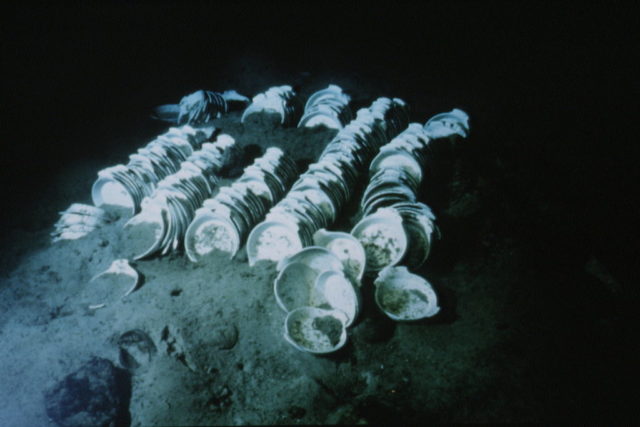
The two-and-a-half-hour trip down to the Titanic wreck isn’t your standard vacation. The underwater pressure on the ocean floor is roughly 5,541.9 pounds per square inch, enough to explode the submersibles used if even a small hole or scratch occurs. The vessels can only fit three people, and each expedition takes roughly eight to 10 hours roundtrip.
While the research expedition promises to help document and preserve the disappearing wreckage, it also poses a serious threat to the already fragile historic artifact. Many historians and advocates disagree with frequent expeditions to the ruins – not only to protect what remains of the Titanic, but also to respect it as a graveyard for the 1,160 people who were never recovered after the sinking.
An OceanGate expedition went missing
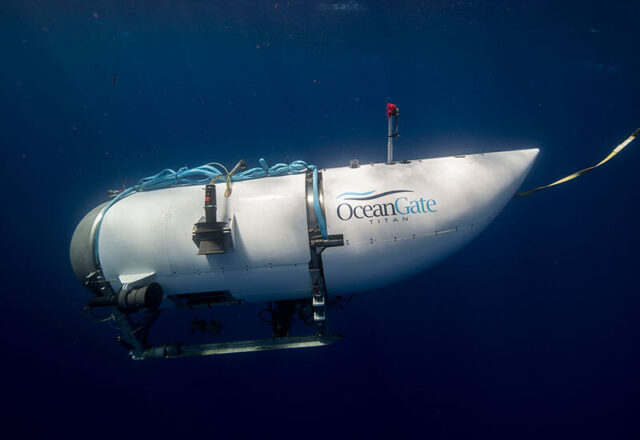
After a few expeditions under their belt, OceanGate upped the charges for people who wish to venture down to the wreck to a whopping $250,000 per seat. During their most recent expedition in June 2023, contact was lost with the submersible while it had five passengers onboard. Titan was the only one of three vessels capable of diving down deep enough to reach the RMS Titanic.
In a statement, the company explained, “Our entire focus is on the crewmembers in the submersible and their families.”
They didn’t conduct the search alone, expressing their deepest gratitude “for the extensive assistance we have received from several government agencies and deep sea companies in our efforts to re-establish contact with the submersible.”
Dwindling oxygen supply
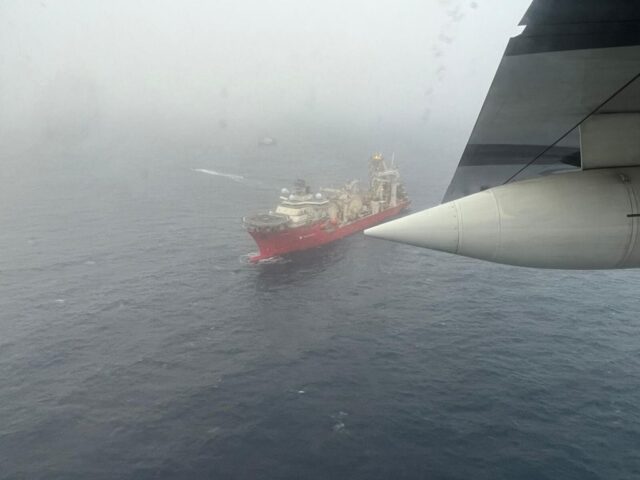
The passengers aboard Titan were OceanGate Expedition Founder and CEO Stockton Rush, British businessman Hamish Harding, French maritime expert Paul-Henri Nargeole, and Pakistani billionaire Shahzada Dawood and his son, Suleman.
Although the submersible had mechanisms for propelling itself to the surface, its hatch couldn’t be opened from within. As the hours passed, hope dwindled that the passengers could be rescued alive. Advanced maritime ships and medical professionals were deployed to the site.
During this, the US Coast Guard announced via Twitter that a ROV had found a “debris field” in the search area near the site of the Titanic. After assessing the information, it was determined the debris did indeed come from Titan. “The debris is consistent with the catastrophic loss of the pressure chamber,” said Rear Adm. John Mauger, commander of the First Coast Guard District.
OceanGate confirmed the tragic news, writing, “This is a very sad time for the entire explorer community, and for each of the family members of those lost at sea.” On June 28, 2023, the US Coast Guard announced that “presumed human remains” had been recovered in the wreckage. Pieces of the destroyed submersible were seen being unloaded ashore the same day.
Debris and possible human remains were recovered from the wreck
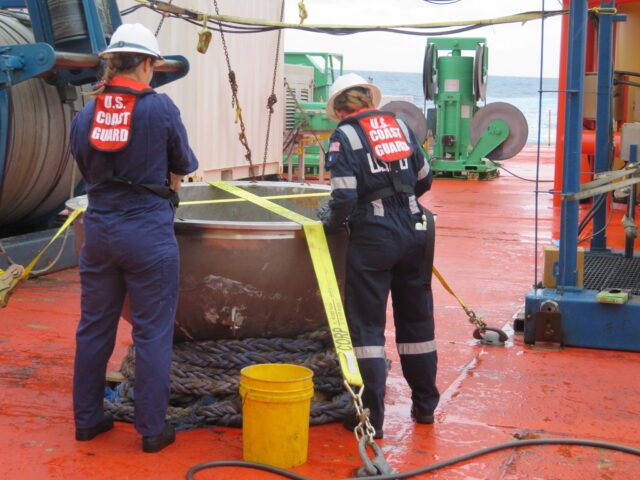
The US Coast Guard’s Marine Board of Investigation (MBI) announced via a press release on October 10, 2023 that additional debris had been recovered from the Titan submersible wreck, with possible human remains among what was collected.
The Coast Guard was working alongside the US Navy’s Supervisor of Salvage and Diving, the US National Transportation Safety Board (NTSB) and the Transportation Safety Board of Canada on a follow-up salvage mission when the evidence was recovered. The pieces have since been brought to the United States to undergo analysis, while the presumed human remains were carefully removed and given to medical professionals.
According to CNN, all international agencies involved in the ongoing investigation into the June 2023 incident plan to schedule a “joint evidence review” to discuss the newly recovered debris and next steps. The Coast Guard has also said a public hearing will be held at a later date.
An unexpected connection to the original RMS Titanic

OceanGate’s late CEO Stockton Rush, who was piloting Titan, was related by marriage to two passengers on the RMS Titanic. According to archival records, his wife, Wendy, is a descendant of two first-class passengers who died when the ocean liner sank in 1912.
Isidor Straus and his wife, Ida, were two of the wealthiest people aboard the Titanic. The former, born in 1845, was a co-owner of Macy’s department store.
Wendy Rush has participated in three OceanGate expeditions to the wreck in the last two years, according to her LinkedIn, which also states she serves as the company’s communications director and sits on the board of the company’s charitable foundation.
A renewed expedition is drawing backlash
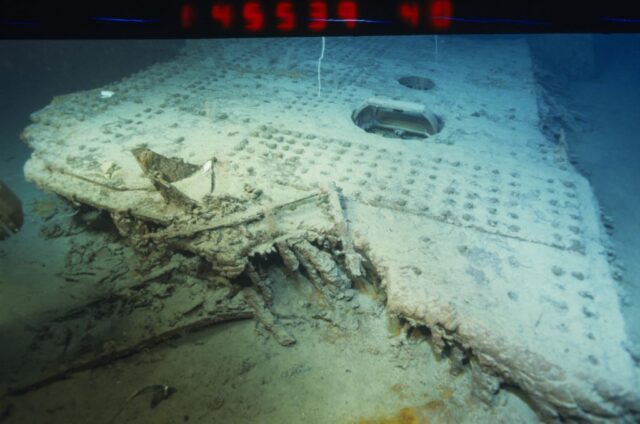
Despite the fatal expedition by OceanGate, there’s a renewed push to have one occur in 2024. Organized by RMS Titanic, Inc., the aim is to travel to the wreck and collect a number of historical items. The company’s known to display the items it’s collected from the site, including a piece of the Titanic‘s hull and silverware.
The planned expedition is facing pushback from a number of entities, the largest of which is the US government, which is citing the federal law and international agreement to treat the site as a gravesite for those who couldn’t be rescued during the sinking. RMS Titanic, Inc. plans to do the journey without a permit, yet the government says it needs approval from the US Secretary of Commerce.
RMS Titanic, Inc. is planning its trip for May 2024. Along with the collection of items, the company plans to take pictures “inside the wreck where deterioration has opened chasms sufficient to permit a remotely operated vehicle to penetrate the hull without interfering with the current structure.”
The company adds that it plans to “work collaboratively” with the National Oceanic and Atmospheric Administration (NOAA).
Are these trips doing more harm than good?
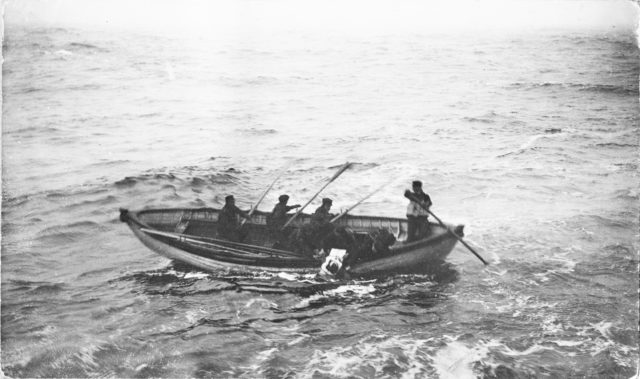
The lack of controlled access to the wreck also leaves the Titanic vulnerable to looting, littering and damage. To date, thousands of artifacts have been taken by treasure hunters. Even though it’s now a UNESCO Heritage Site, the Titanic is in international waters, making it impossible to properly protect the site from greedy aquatic graverobbers.
The president of the Titanic Historical Society, Edward Kamuda, explained why treating it as a tourist destination is harmful, saying, “To us it’s a grave site – why disturb it any further? One couple went down and got married at the site. There will be cruise ships going out there for the anniversary and drinking champagne and that sort of thing…
“Is that an appropriate way to commemorate the sinking of this ship and the loss of all those lives?”
RMS Titanic was discovered 73 years later

After 73 years, the wreck of the RMS Titanic was discovered by oceanographer Robert Ballard in 1985, thanks to revolutionary robotic technology that allowed him to scan the seafloor. This allowed historians to confirm that the ship broke into two pieces during the sinking.
Initially, researchers hoped to raise the entire wreck out of the water to conserve and display it, but they soon realized the rusted and broken hull was too fragile to be moved. Instead, several parts would be removed from their resting place over the years.
In 1996, Titanic Inc. attempted to remove a piece of the ship’s hull, weighing over 11 tons, from the ocean floor using rubber bags filled with diesel fuel that would float the piece to the surface. Bad weather forced them to ditch the effort, but two years later the artifact – referred to as “the big piece” – was successfully pulled from the ocean and put on display in a traveling Titanic exhibit (it is now on display at the Titanic exhibit in Las Vegas’ Luxor Hotel).
Replicas set to open soon
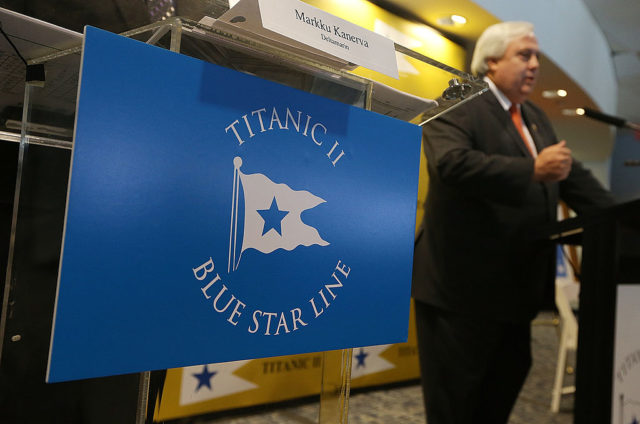
For those who can’t afford the ticket to see the Titanic, several replicas are in the works – two are currently being built!
The Titanic II in Australia has been delayed for six years, but is expected to launch from Southhampton, England in 2022. The replica ship cost a whopping $500 million dollars to build – that’s $300 million more than the original Titanic in comparison.
More from us: Largest Underwater 3D Scan in History Could Provide New Details on Titanic’s Sinking
The second Titanic replica is being built 1,000 miles inland in China using the original blueprints to ensure the ship is as close to the original as possible. Unlike Australia’s Titanic II, this one will remain inland at a resort. The proposed replicas could help to preserve the original Titanic by providing fans with the chance to see the famed ship without disturbing the fragile wreck.
